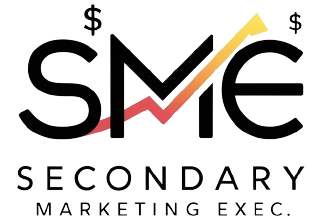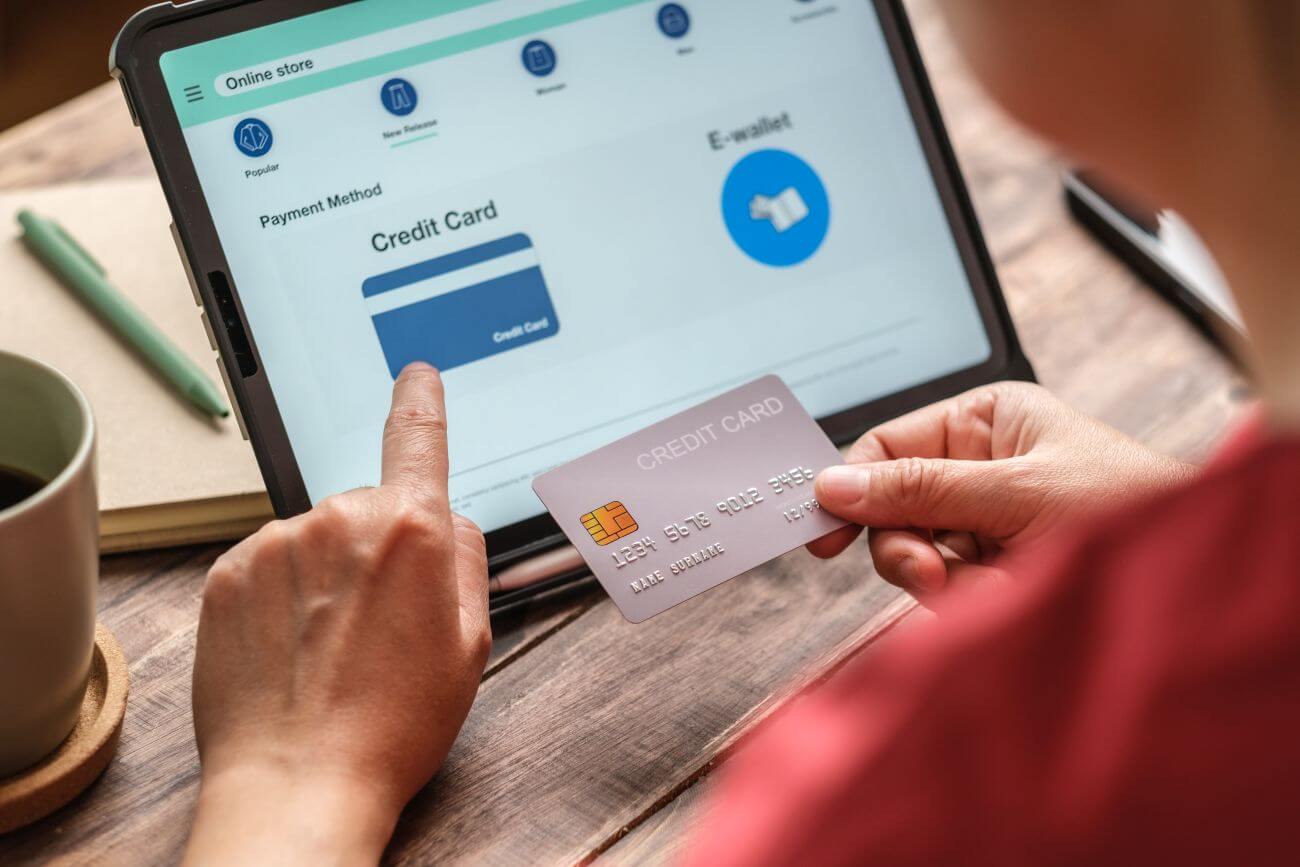Becoming a mortgage loan originator (MLO) can be a rewarding career path for those interested in the real estate and finance industries. As an MLO, you will play a crucial role in helping home buyers secure the financing they need to purchase their dream homes. In this comprehensive guide, we will walk you through the steps to becoming a licensed mortgage loan originator and provide insights into the responsibilities and importance of this profession.
What is a Mortgage Loan Originator?
A mortgage loan originator, also known as an MLO, is a professional who helps buyers find home loans that fit their budget and needs. They are the primary contact person when a borrower completes a mortgage transaction. According to the U.S. News & World Report, the profession of a mortgage loan originator ranks #14 for business jobs.
MLOs collect and submit borrower information, requiring organization and accuracy, while also acting as a liaison between lenders and borrowers. They must stay updated on the evolution of mortgage lending, handle sensitive financial information, and maintain good relationships with clients and lenders.
Roles and Responsibilities of a Mortgage Loan Originator
The primary role of a mortgage loan originator is to help buyers find home loans that suit their financial situation and goals. This involves collecting borrower information, such as income, assets, and credit history, and submitting it to potential lenders for approval.
MLOs must be organized and accurate in their work, as they handle sensitive financial information. They also act as a liaison between lenders and borrowers, effectively communicating the terms and conditions of various loan options and helping borrowers navigate the complex mortgage process.
Importance of Mortgage Loan Originators in the Home-Buying Market
Mortgage loan originators play a vital role in maintaining a stable home-buying market. By ensuring that borrowers are matched with appropriate loan products, MLOs help prevent mortgage fraud and reduce the risk of foreclosures.
Additionally, MLOs provide valuable guidance and support to home buyers throughout the mortgage process, helping them make informed decisions and increasing the likelihood of successful homeownership.
Steps to Become a Licensed Mortgage Loan Originator
Becoming a licensed mortgage loan originator involves several steps, including meeting basic eligibility requirements, completing pre-licensure education, passing the NMLS Mortgage Licensing Exam, and obtaining a state-issued MLO license. Let’s explore each step in more detail.
Meet Basic Eligibility Requirements
To become an MLO, you must demonstrate financial stability and have a clean criminal history. Most states require a minimum credit score and a background check to ensure that you meet these basic eligibility requirements.
Additionally, you must be at least 18 years old and have a valid Social Security number to apply for an MLO license.
Complete Pre-Licensure Education
All states mandate 20 hours of mortgage education from an NMLS-approved school. This education includes a 3-hour federal law course, a 3-hour ethics course, a 2-hour non-traditional mortgage lending course, and 12 hours of electives.
The SAFE course, which is part of the required mortgage education, covers topics such as federal and state laws, mortgage origination, ethics, and fraud prevention. Completing these pre-licensure education courses is a crucial step in preparing for the NMLS Mortgage Licensing Exam.
Pass the NMLS Mortgage Licensing Exam
To obtain your MLO license, you must pass the SAFE MLO test, also known as the National Test Component. This exam consists of 125 multiple-choice questions covering federal mortgage lending laws, mortgage origination, ethics, and uniform state content.
You must achieve a score of 75% or higher to pass the exam. Many states also require a state-specific test in addition to the National Test Component.
Obtain a State-Issued MLO License
After completing the pre-licensure education and passing the NMLS Mortgage Licensing Exam, you can apply for your MLO license through the NMLS licensing process. This involves submitting an application, paying the required fees, and providing supporting documentation, such as your education certificates and test scores.
Each state has its own state-specific requirements for MLO licensing, so it’s essential to research and understand the requirements in the state where you plan to work.
State-Specific Licensing Requirements
While the NMLS provides a centralized platform for MLO licensing, each state has its own specific requirements and processes. Let’s take a closer look at the licensing requirements in two popular states: Florida and California.
Florida MLO Licensing Process
To become a Florida-licensed MLO, you must complete a 20-hour NMLS S.A.F.E pre-licensing course with 2 hours of Florida-specific content. This coursework is required by the Florida state licensing agency in addition to the national pre-licensure education requirements.
| Step | Requirement |
|---|---|
| 1 | Complete 20-hour NMLS S.A.F.E pre-licensing course with 2 hours of Florida content |
| 2 | Pass the National Test Component and Florida state-specific test |
| 3 | Apply for a mortgage loan originator license on the NMLS website |
| 4 | Obtain Florida MLO certification by providing required information, paying fees, and having a state-licensed employer sponsor your NMLS ID |
It’s important to note that loan originators acting solely as loan processors in Florida must file a Declaration of Intent to Engage Solely in Loan Processing (Form OFR-494-13) with the Office of Financial Regulation, as required by Chapter 494, F.S.
California MLO Licensing Options
In California, there are two main licensing options for mortgage loan originators: the CA-DFPI license and the DRE endorsed license.
- The CA-DFPI license is governed by the California Finance Law and the California Residential Mortgage Lending Act. To obtain this license, you must be employed by a DFPI-licensed lender or broker.
- The DRE endorsed license offers more career flexibility but requires additional Real Estate education requirements and passing a DRE-administered examination in addition to the National Test Component.
Both licensing options require creating an account on the NMLS website and completing the necessary education and testing requirements.
Maintaining an Active MLO License
Once you have obtained your MLO license, it’s essential to maintain an active license by meeting annual renewal requirements and keeping your NMLS records up to date.
Annual License Renewal Requirements
To maintain an active MLO license, you must complete 8 hours of continuing education each year, including 3 hours of federal law, 2 hours of ethics, 2 hours of non-traditional mortgage lending, and 1 hour of elective courses.
You must also pay the annual license renewal fees and submit a renewal application through the NMLS.
Updating NMLS Records
As an MLO, you will be assigned an NMLS Unique Identifier, a number permanently associated with your NMLS account. It is your responsibility to keep your NMLS records current, including updating your contact information, employment history, and disclosure questions.
Failure to maintain accurate NMLS records can result in disciplinary action or even license revocation.
See also:








Leave a Reply